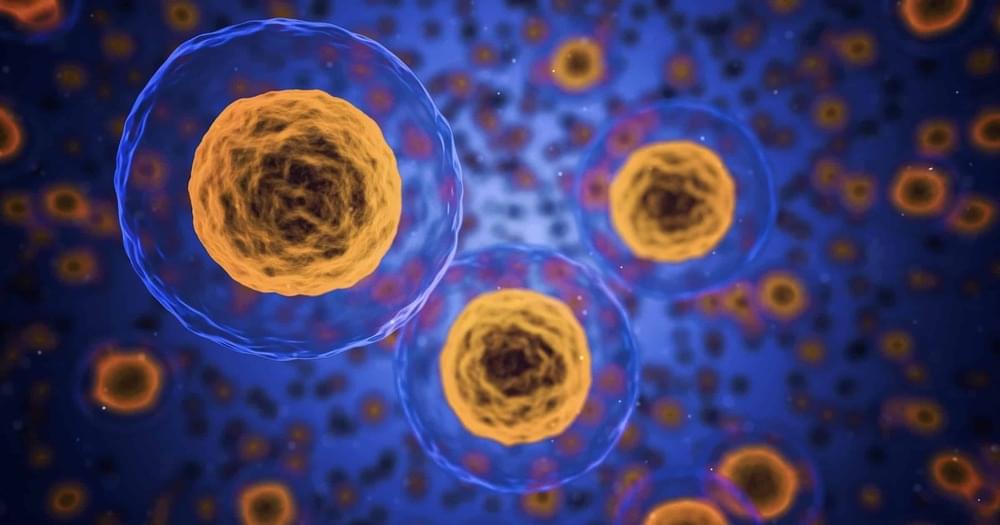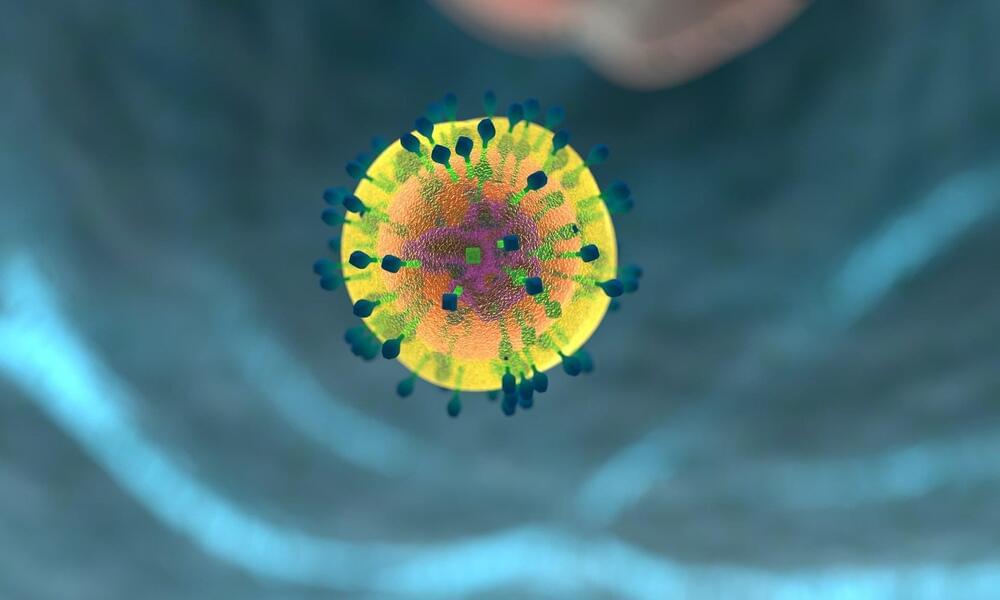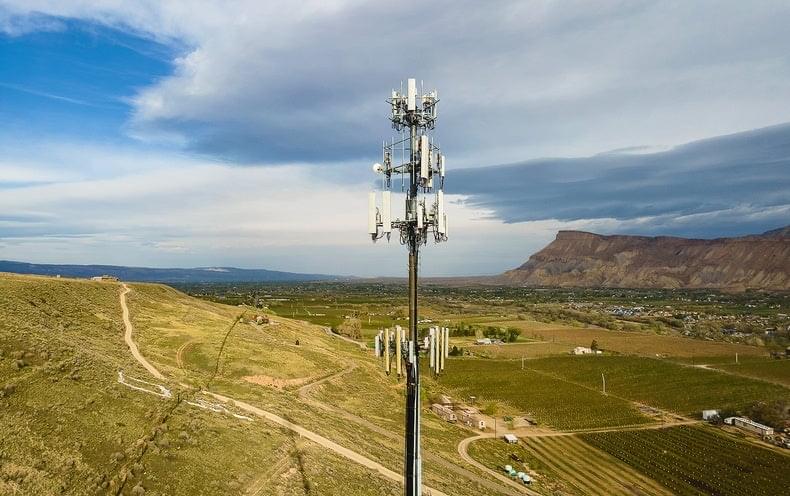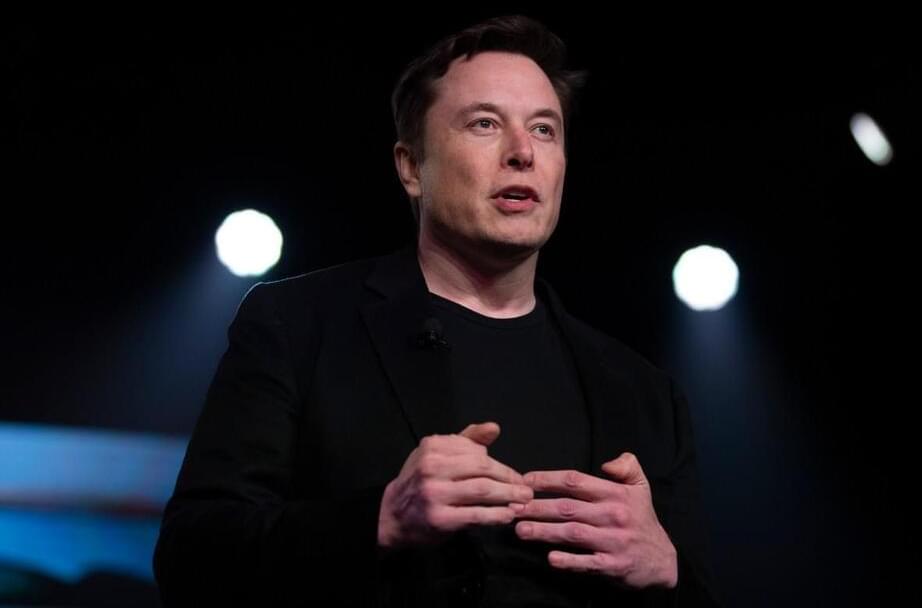This paper is an important illustration of how intelligent design theory can be applied at a high level in the academic setting.



Cancer immunotherapy drugs called PD-1 inhibitors are widely used to stimulate the immune system to fight cancer, but many patients either don’t respond or develop resistance to them. A new small-molecule drug candidate being tested in an early-stage clinical trial aims to improve patient responses to immunotherapy.
Now scientists have shown, in a study published in Nature, that the small molecule works through two different mechanisms to slow tumor growth and increase survival in lab animals.
Researchers from the Tumor Immunotherapy Discovery Engine (TIDE) at the Broad Institute of MIT and Harvard, AbbVie, and Calico Life Sciences report that the molecule simultaneously makes tumors more sensitive to immune attack and boosts the activity of immune cells to fight tumors in mice.
PhD candidate at UniSA’s Applied Chemistry and Translational Biomaterials (ACTB) Group, Cintya Dharmayanti, has taken out UniSA’s 2021 Three Minute Thesis (3MT) with a condensed presentation of her research about developing nanoparticles for cancer treatment, potentially leading to more effective treatments and reduced side effects. She will be competing in the 2023 FameLab National Finals with a presentation titled, “Behind enemy lines: Tiny assassins in the war against cancer.
For more from University of South Australia visit: https://www.unisa.edu.au/connect/alumni-network/alumni-news/…Track=true.
UniSA Homepage:
https://www.unisa.edu.au/
UniSA Facebook:
https://www.facebook.com/UniSA/
https://www.facebook.com/UniSANewsroom/
UniSA Twitter:
Tweets by UniversitySA
UniSA Instagram:

Within the last century different ways have been developed to fight cancer. The most recent type of therapy includes immunotherapy. Immunotherapy activates the immune system to recognize and target the tumor that was initially undetectable. The most common immunotherapy treatments include anti-programmed death-1 (anti-PD-1) and anti-cytotoxic T lymphocyte-associated antigen (anti-CTLA-4). The two therapies are known as checkpoint inhibitors because they block cell signaling between immune cells and cancer which allow immune cells to be activated and kill the tumor. For their work on both of these therapies, Dr. James Allison and Dr. Tasuku Honjo were awarded the Nobel Prize in Physiology or Medicine in 2018. Since the discovery of these checkpoint inhibitors, they have been used in multiple settings as single-agent therapies or in combination against many different cancers.
The use of checkpoint inhibitors before therapy or as a neoadjuvant has grown as a possible treatment in various cancer types. According to researchers at the Bloomberg-Kimel Institute for Cancer Immunotherapy and the Johns Hopkins Kimmel Cancer Center medicine, checkpoint inhibitors have just touched the surface in neoadjuvant immunotherapy. Researchers including Suzanne Topalian, Director of Johns Hopkins Melanoma/Skin Cancer Program, believe that cancer immunotherapy has a lot of rich untapped potential that can be used to further improve treatments.
Neoadjuvant immunotherapy, or therapy prior to surgery, has since been tested in various clinical trials. In some tumor types this form of therapy has resulted in complete tumor eradication. The report published in Cancer Cell highlights successful clinical trials in cancers such as lung, triple-negative breast, skin, and gastrointestinal. Although this therapy is still highly underdeveloped, the US Food and Drug Administration (FDA) has already approved neoadjuvant immunotherapy in triple-negative breast and lung cancer. It is expected that more approvals will follow for other cancer types.


Artificial intelligence is becoming more common in many areas of our society. One area that we may start to see more of it is in the medical community, including when it comes to the management of chronic pain. Researchers recently put artificial intelligence to the test in helping people with managing their chronic pain, and the results turned up a promising outlook for those who may have difficulty accessing a therapist.
Cognitive pain therapy intervention can play an important role in helping people who suffer from chronic pain. Our thoughts regarding pain and what we are experiencing can influence the severity of pain that we experience and how well we manage through it. Having access to a therapist who can assist chronic pain patients with cognitive pain therapy can be a challenge for some people. This leads to people not receiving the therapy they could benefit from or not finishing treatment altogether.

Blackred/iStock.
The group led by researchers from the Technical University of Denmark employed a technique using an X-ray microscope that could see acoustic waves within mm-sized crystals with subpicosecond precision. This enabled the team to see how mechanical energy thermalizes across timeframes ranging from picoseconds to microseconds by directly visiting the creation, propagation, branching, and energy dissipation of longitudinal and transverse acoustic waves in a diamond.

This summer the federal government took steps to boost connectivity by expanding existing broadband infrastructure. In late June the Biden administration announced a $42.45 billion commitment to the Broadband Equity, Access, and Deployment (BEAD) program, a federal initiative to provide all U.S. residents with reliable high-speed Internet access. The project emphasizes broadband connectivity, but some researchers suggest a more powerful cellular connection could eventually sidestep the need for wired Internet.
The 6G network is so early in its development that it is still not even clear how fast that network will be. Each new generation of wireless technology is defined by the United Nations’ International Telecommunication Union (ITU) as having a specific range of upload and download speeds. These standards have not yet been set for 6G—the ITU will likely do so late next year—but industry experts are expecting it to be anywhere from 10 to 1,000 times faster than current 5G networks. It will achieve this by using higher-frequency radio waves than its predecessors. This will provide a faster connection with fewer network delays.
No matter how fast the new network turns out to be, it could enable futuristic technology, according to Lingjia Liu, a leading 6G researcher and a professor of electrical and computer engineering at Virginia Tech. “Wi-Fi provides good service, but 6G is being designed to provide even better service than your home router, especially in the latency department, to address the growing remote workforce,” Liu says. This would likely result in a wave of new applications that have been unfathomable at current network speeds. For example, your phone could serve as a router, self-driving cars may be able to communicate with one another almost instantaneously, and mobile devices might become completely hands-free. “The speed of 6G will enable applications that we may not even imagine today. The goal for the industry is to have the global coverage and support ready for those applications when they come,” Liu says.

